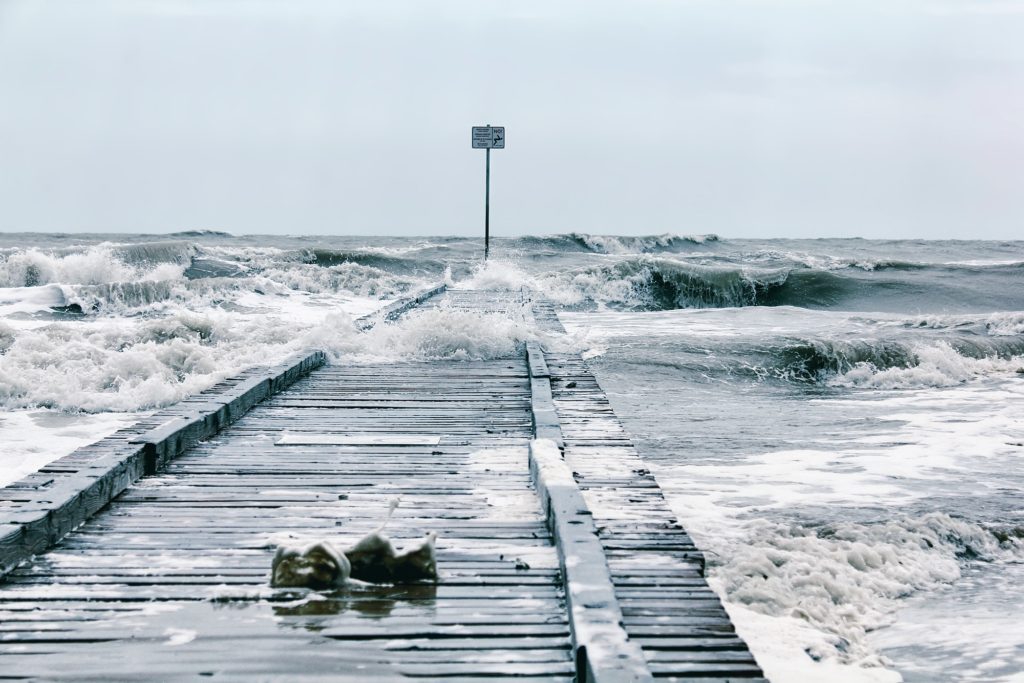High temperatures became hotter and more unbearable across a large section of the nation as July progressed during the summer of 1930. A pervasive heat wave went on to set all-time state records and it set the tone for widespread heat and drought for most of the decade.
A Brutal July Heat With All-Time Records
Residents of the U.S. were ill prepared for an onslaught of summer heat back in 1930. Air conditioning was a luxury and most folks had to deal with the elements. By late July, intense heat extended from the Plains to the Eastern Seaboard.
Washington, D.C. endured a 10-day stretch of unbearable heat from July 19th to July 29th with temperatures reaching at least 100 degrees. The highest temperature during that stretch was 106 degrees and that is their all-time record high. According to the Washington Post, some thermometers on that day recorded temperatures of 108 and even 110 degrees in the city. Up to 30 people lost their lives there from the heat.
On July 21, 1930, high temperatures of 100 degrees, or higher, were widespread from the Plains to parts of the Midwest and South, all the way to the Mid-Atlantic region. (See map below).
The heat wasn’t just confined to Washington, D.C. Suffocating heat was widespread. Several state records were set during the last part of July.
The table below indicates all-time state high-temperature records that were set (including D.C.).
 It has been estimated that the U.S. death toll reached four digits during the summer of 1930. The heat extended into August, as well. On August 4th the all-time state record was set at Moorefield, West Virginia as they reached 112 degrees. An August record of 108 degrees was set at Carlisle, PA on the same day.
It has been estimated that the U.S. death toll reached four digits during the summer of 1930. The heat extended into August, as well. On August 4th the all-time state record was set at Moorefield, West Virginia as they reached 112 degrees. An August record of 108 degrees was set at Carlisle, PA on the same day.
As the summer of 1930 came to an end, little did anyone know that this would be the first of many hot summers across much of the U.S. during the 1930s. Rainfall became scarce during that decade across the midsection of the nation and that was one of the factors that led to the “Dust Bowl”. Heat and drought became the “norm’ during that decade. The summer of 1936 was even hotter than 1930 across much of the nation
Setup For Extreme Heat
A ridge of high pressure aloft (or bulge in the jet stream) established itself over the Southeastern U.S. during July of 1930. In these situations, the air sinks and warms, resulting in mainly clear skies and hot temperatures.
 A massive ridge of high pressure aloft became a fixture in the summer of 1930.
A massive ridge of high pressure aloft became a fixture in the summer of 1930.
The effects of this ridge expanded northward and westward and it refused to break down easily or quickly. As a result, high temperatures in the 90s, and quite often over 100 degrees became a daily occurrence from Texas, up through the Plains and Midwest, and eastward to the Mid-Atlantic.
The summer of 1930 contributed to the overall hardships that the general population had to endure during the Great Depression. A sprawling ridge of high pressure aloft became a frequent visitor over much of the nation in the summers that followed.



